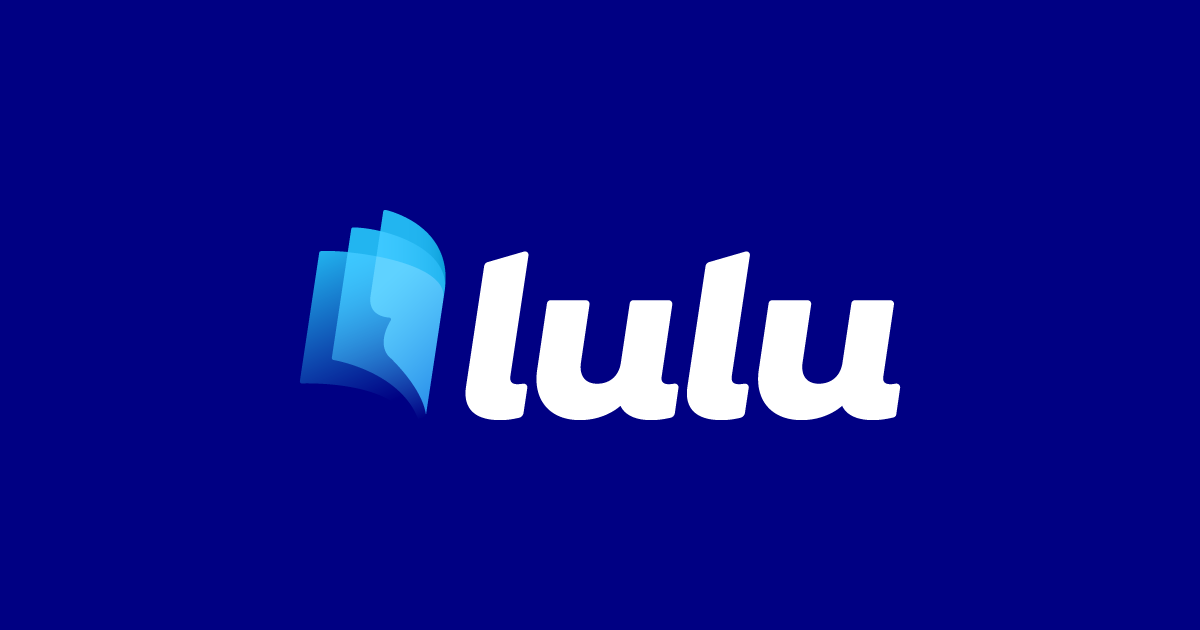Financing Your Creative Business and Projects

Financing creative projects and businesses is a huge topic, one that deserves an entire book. But I’m going to distill 15 years of knowledge and experience into this chapter and give you resources at the end if you are stuck at this stage and want to learn from the same people I learned from.
I keep using “products and businesses” because in my world - independent film production - they’re often the same. You set up a brand new business to produce a movie, then everyone goes their separate ways once the movie is filmed, edited, and out in the world. The principles in this chapter will apply whether you’re raising money for a business or a creative project like a movie, documentary, TV pilot, podcast, book, album, etc.
The first thing you need to understand is how much money you need.
What does your project want to cost?
I’ve seen projects fail to raise money both because they asked for too much, “Oh this movie is a $3-5 million budget range” (for a first-time filmmaker), or too little, “We’re going to produce this one in 12 days for $200k."
The reason these two extremes fail is because they show that the filmmaker has an unrealistic idea - or limited understanding of - how much the project should cost. Every project, once it exits the development stage, has a budget that it wants to be at.
In film, we determine this by doing a breakdown. We read through a screenplay and lay out all of the elements that it will take to produce the movie as it’s written on the page. How many actors are there? How many locations? How long is the screenplay? Are there stunts, visual effects, set pieces, or sets that will cost money?
Then we take all of those elements from the breakdown and put it into a schedule so that we know how long the movie will take to film and edit. The majority of your actors and crew work on a “day rate”, so you can determine how much each day of production costs you. Maybe it’s $20k, or $30k, or even $100k. An independent feature like the ones I’ve produced film anywhere from 16 to 30 days. That’s a large (2x) difference, and it all comes down to the script and the scope of the project.
It’s near-impossible to shoot more than a certain number of setups, scenes, or pages in a 10- or 12-hour shoot day. So there are realities of time that are at play as you’re breaking down what the movie wants to cost.
What happens more times than not is a director or executive producer will come to me with a script, ask me to do a breakdown as a line producer, and say “We need the budget to be $X.”
$X could be $750k, $1m, even $2m. But I ignore that for the first pass of my budget and schedule. I am looking for what the movie wants to cost, and how long it wants to take to film it, because that’s the way the script was written.
That number is, in my experience, always more than what they want to spend. I get why, but it also highlights how artists & creators tend to think about financing. “$1m is a lot of money!” or, “Eh, let’s say $1m, it’s a nice round number.”
I tend to come in 30-50% over their target budget. But from there, we have two options. Ask for more money from the investors (more on that in a bit), or make cuts to the production cost or the script.
Before you even go out and start knocking on investor’s doors, you need to have a good grasp of what the project wants to cost, the budget you’re asking for, and if there’s a difference you need a good reason why.
You also need to have all of the answers from the last chapter on Development so you can speak to the partnerships, the timeline, the production, and the distribution. More important than that, before you go into a meeting with an investor, you need to understand how to speak their language.
The $1,000,000 lunch
For the last movie that I produced, I had done multiple breakdowns for the director on various versions of the script. It was a big project - 40 or so speaking roles, half a dozen locations, and a period piece set in 1989.
So when the first budget request came through the phone I nearly did a spit take. The director had a production company willing to finance the project at $300,000.
I told him it couldn’t be done. Not this project. A $300k movie is two actors in a house for the entire movie. One location, 10-15 crew, 15 shoot days, and no-name cast. That’s a $300k movie. This script was not a $300k movie.
I dove in anyway, because the director is my friend after all and we’d just produced an amazing movie in Cape Town, South Africa for two months, and I knew that I could use the budget as an example or template later on (even though I say no to every other sub-million dollar script that comes across my desk).
I got the budget down to $400k, but ultimately the deal fell through and the project was shelved. Until... the director met an investor who was willing to put in some of the money at a $500k budget. Not bad, but still not enough. I put the budget that the movie wanted to be at between $1.2m and $1.5m, depending on what actors the director wanted for the film.
Over lunch, the director and I talked about the project, the pitch, and the investor. I could tell that he had pitched the investor a creative project, not a business opportunity. He talked about the genre, his experience and talent, the script, the story, how we were going to film it, and the people we were going to work with on the project.
Honestly, it’s amazing he got $150,000 committed.
We drew out “How an investor thinks” on my iPad, and discussed how to get this investor - a very wealthy individual - to invest more into a business opportunity. We reframed the project as such and talked about how at $1 million we can get X and Y cast, can film for more days which increases the production quality, which means the film will be more enticing to distributors. We talked about the connections we already have with multiple distribution companies, as well as the past successes of the actors we wanted for the film.
I taught the director how to think and speak like an investor.
The next week, they had another lunch. He re-pitched the project as a business opportunity that could net the investor 5-10x from a $1m investment.
Two days later, we had $1m in our checking account, and a green light to make our movie.
That’s the million-dollar lunch.
The only thing that changed was the pitch. It was a simple shift from talking about a creative project to talking about a business opportunity.
This is why development is so important. You have to understand how an investor can realistically put in $1, and in XX months get back $5-10.
No, it’s not a guarantee. There’s always risk involved. But if you don’t show them how it’s possible and even likely, then you’ve lost them, and you’ll have a lot of “interest” but no “investment”.
Protecting The Downside
In film, the best producers know how to cover or limit the downside of any investment.
“It is only by being bold that you get anywhere. If you are a risk-taker, then the art is to protect the downside.”
~Richard Branson
Creators are, by definition, risk takers. We’re making something that doesn’t currently exist. There’s always risk, so we need to also master the art of protecting the downside.
There’s a common phrase used by producers when pitching to “cover their asses” if the film flops: “The downside is always zero”.
You say this to an investor so that they know the risk on the table. But I disagree. The downside isn’t always zero.
For example, great producers understand all of the ways to raise money and protect the downside of their project. They’ll use vehicles like tax incentives - where a state gives you back a percentage, say 20%, of the money you spend in the state - grants, sponsors, partnerships, trades, and pre-sales to either finance the film or to protect the downside.
This strengthens your pitch as well because if you go in and say you are raising $1m, but you already have $250,000 covered, the investor is loaning you $250k and only risking $750k. You’ve de-risked the project and protected the downside.
How can you do this for your business? For this book that you’re reading right now, I covered the downside by getting a sponsor for the book. Notice I said sponsor, not investor. I didn’t get a book deal, at least not a traditional one, where I had to give away the rights to a publisher in exchange for 10% or less of the profits...
No, I used the leverage I had with my relationships to pitch Lulu on a sponsorship. They would pay me $12,000 as a sponsor, and I would promote their book publishing and printing business in the same breath as my book, both as I was writing it as well as while I was publishing it (as I'm doing right now with these very words!)
That was worth it to them - that’s 6+ months of targeted brand awareness and traffic being driven to their site (a number of you right now are going to go to lulu.com and check out their business because of this very sentence), and it limited the downside for me. I didn’t have to worry if the book was going to make any money because it already made $12,000 before I even started writing.
That’s leverage. That’s how you protect the downside.
Now, what about the pitch? How can you create your own, million-dollar lunch?
The 3-minute pitch
I’ve read so many books on pitching. Two favorites are Pitch Anything by Oren Klaff and The 3-Minute Rule by Brandt Pinvidic.
The fastest way to go from crappy to confident in your pitching is the 3-minute pitch. Go get it, tell Brandt I said, “Hi” (Brandt doesn’t know me, I just think it would be fun), and apply the teachings in those pages.
The 3-minute pitch replaces your typical, long-winded pitch as well as your elevator pitch (which I’ve never used), with a tight, three-minute “movie trailer” for your product or business.
There’s a reason that movie trailers are 2-3:00 long. That’s how much time you have to show someone on the other side of the screen or table that you know what you’re doing, that you have something valuable, and that they need to be involved.
The structure of the 3-minute pitch is very simple. What is it? How does it work? Are you sure? And Can you do it? Brandt calls this the WHAC (“whack”) method, and it works.
Again, go get the book. Apply it. Create and test your 3-minute pitch, then make them for every one of your products and services.
Write out the pitch and put it on a landing page or sales page. Film it and put it on your YouTube channel, and take the audio and put it on your Podcast introductory episode.
The 3-minute pitch works everywhere and will get you further than talking about your creative project for 20 minutes. By minute 3 your investor has already tuned out because they know you don’t have "it". "It" meaning an understanding of how to speak their language, how to develop and package a business opportunity and present it properly, the right budget, the right distribution model, or any way for them to make their money back. Every minute that you keep talking about your creative project is another reason for them to never meet with you again. So, instead, get in, deliver your 3-minute pitch, shut up, and wait for them to ask questions. Then spend the rest of your time together answering their more detailed questions, or saying “thanks for your time” and getting out of there. You’ll be able to come back next time because you only took 3 minutes of their day to get to a “no”.
TAKE ACTION
Do a breakdown of your project or business that you’re raising money for. Even if you’re not raising money, you want the clarity that comes from this process.
Learn how to think and speak like an investor. Simple summary: speak about business opportunities, not creative projects. Show them your breakdown, not your mood board, and show them how they can realistically put in a dollar and get back $5-10.
Protect the downside. Find as many ways as possible to not have to say “The downside is zero, you could lose all of your money.”
Learn how to pitch. Get the 3-minute pitch (and Pitch Anything if you’re an over-achiever) and then create, hone, practice, and deliver your new pitch to financiers, investors, and partners.
Doing these steps will allow you to expand your impact through financing and partnerships that you currently don’t have in your business.

Sponsored By Lulu.com
The team at Lulu has been an incredible partner since I released my last book, Craftsman Creative - How Five-Figure Creators Can Build Six-Figure Businesses.
We've partnered on this next book, Blockbuster, to share the ins and outs, the behind the scenes of writing and publishing a book in public.
To learn more about how Lulu can help you get your book out into the world, visit lulu.com by clicking the button below:
NEXT CHAPTER

PREVIOUS CHAPTER



Member discussion